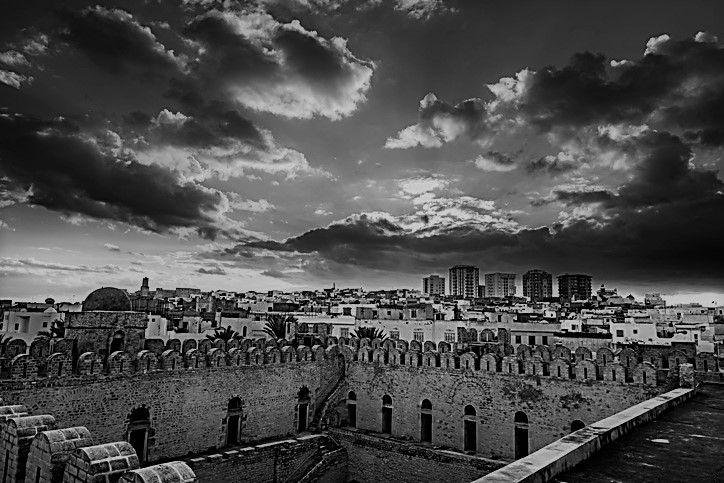Dozens of tourists pack beach chairs at a Tunisian luxury hotel, where everything from the swimming pool to the wall paint, the furniture at the shiny reception hall, the police post at its gate and even its name is new.
Nothing reminds holiday-makers of the day in June 2015 when an Islamic State militant shot dead 39 foreigners in this beach resort, triggering an exodus of tourists from the country and severely damaging its economy.
Now some of those tourist are coming back, thanks to a massive security presence and advertising abroad. Tourism revenues rose 21 percent to $851 million in the first nine months of 2017 compared with last year, central bank data shows.
The rise is helping the government weather an economic crisis as it prepares an austere budget and tax increases. The reforms were agreed with the International Monetary Fund in return for a new $350 million loan.
Westerners are still reluctant to come back, even though most countries have lifted travel warnings. But hotels have managed to fill rooms, mostly with Algerians and Russians – the latter avoiding Egypt since Islamic State downed a Russian plane in 2015.
“It’s great here. Security is better than in Egypt,” said Galina Rasputov, a holiday maker from Moscow. “I’ll come back.”
Rasputov was taking a break from the beach at the bar of the hotel where a Tunisian gunman trained in Libya opened fire with a Kalashnikov in 2015. The hotel was called Imperial Marhaba then; it reopened this summer after undergoing a facelift and changing its name to the Steigenberger Kantaoui Bay.
“We are fully booked,” said Zohra Driss who owns this and other hotels in Sousse, a tourist beach town some 150 km (90 miles) south of the capital, Tunis. “Many are Russians but we also have Algerians, Germans.”
SECURITY
Tourism accounts for about 8 percent of Tunisia’s gross domestic product, provides thousands of jobs and is a key source of foreign currency, but it has struggled since two major attacks in 2015.
The first, at the Bardo National Museum in Tunis, left 21 tourists dead. The Sousse attack killed 39, mostly British holiday-makers.
And risks remain. Jihadists are returning from Syria, Iraq and Libya after Islamic State lost most of its territory there.
But the number of foreign tourists rose by 23.4 percent to reach 5.366 million until September, compared with the same period last year. Officials hope 6.5 million will come in all 2017, which would be a return to the normal level.
The number of European visitors, however, rose by just 16.5 percent. Major tour operators like Thomas Cook have resumed bookings in select hotels, but the European tourists remain far below their pre-2015 levels.
That has left the industry relying on Algerians, whose numbers rose by 44 percent to 1.8 million until September. Almost half a million Russians also came.
“We seek to attract more tourists next year from new destinations like China and Canada while we will still focus on our traditional markets like UK and Germany,” said Neji Ben Othman, director general of the tourism ministry.
Tunisia has increased security in Sousse and other tourist spots. Checkpoints were erected on the main roads and at hotels, ancient sites and airports. After police were criticised for a slow response to stop the hotel gunmen, security forces have cracked down on militants, dismantling dozens of cells.
With hotels resembling fortresses, many tourists book “all inclusive” tours that benefit chains and tour operators. But they stay indoors, leaving souvenir traders and cafes idle in the old city. Russians and Algerians, who come by car, also tend to spend less than Germans or Brits, the former clientele.
“Most come only to watch, like in a museum,” said Lutfi Laoun, a vendor who sells traditional pottery. “I haven’t had a single customer today.”






